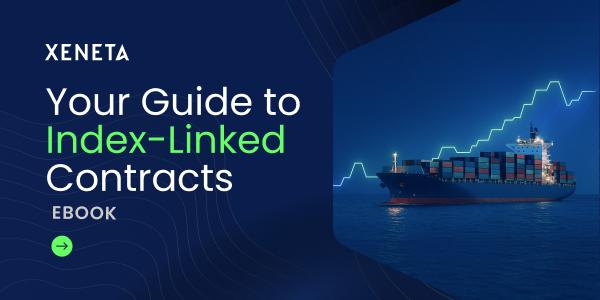China’s air cargo market with Latin America is taking off, so should shippers be concerned about the peak season ahead?
There are certainly important factors for shippers to consider before they enter negotiations with freight forwarders for the remainder of 2024.
With China being the second largest trading partner for Latin America (behind the US), and the number one trading partner for the South America region, this is one of the world’s fastest growing corridors.
Air cargo spot rates from China to Latin America have more than doubled from May 2019 to May 2024. For the return leg, the spot rates from Latin America to China have seen a low-double-digit increase compared to May 2019 levels.
The fronthaul rate growth is especially notable for Latin America’s largest economy — Brazil. The average spot rate from China to Brazil reached USD 6.46 per kg in May – this is USD 1.60 per kg more expensive than the spot rate from China to the US.
This is in stark contrast with May 2019, when the average spot rate from China to Brazil was just above 40 cents more expensive.

Taking a month-on-month view, China to Brazil spot rates grew by 5% in May compared to April, again, outperforming the growth of China to the US spot rates, which showed a 2% decline.
Assessing supply and demand
What is the reason behind this growth in spot rates?
On the demand side, the phenomenal rise of e-commerce, alongside high-tech manufactured goods, has been the main driver behind increasing air cargo rates from China to Latin America.
China’s supportive governmental policies, such as “Silk Road e-commerce”, have facilitated companies like Shein and AliExpress to expand rapidly over the past year, sending packages directly from warehouses in China to Brazil and Mexico.
Emerging factors such as raising taxes and lower de minimis values could impact the e-commerce business model for companies like Shein and Temu in the long term – perhaps prompting them to set up manufacturing networks in Latin America itself. However, in the short term, these will have limited impact on cross-border air freight between China and Latin America.
Meanwhile, on the backhaul route from Latin America to China, flights are typically filled with perishable goods, such as Brazilian beef and Chilean cherries.
However, half as much cargo flies out of Latin America as flies in from China, and this disparity in air cargo volume means there has been slower growth in freight rates on the backhaul corridor, as highlighted above.
In contrast to the surging demand between China and Latin America, air cargo supply is lagging behind, primarily due to the vast distances between these two regions.
In May, the inaugural direct passenger flight from China to Latin America landed in Mexico City after a marathon 16-hour journey from Shenzhen, ranking among the world’s top 10 longest direct flights (source: Global Times).
Therefore, air cargo heading from China to Latin America tends to move on multi-stop flights via other regions, such as North America, Europe, or the Middle East.
Complicating matters further are the ongoing disruptions in the Red Sea and the slow recovery of belly capacity between China and North America, squeezing the additional capacity for Latin America.
All this may mean a constrained capacity between China and Latin America is here to stay and shippers’ concerns regarding the peak season may be well founded.
For example, given the corridor’s intricate network of routes, a potential increase in e-commerce demand from China to the US could trigger a ripple effect impacting the China to Latin America market – even if demand from China to Latin America remains constant.
This highly complex situation means it will not be an easy conversation between shippers and freight forwarders to negotiate rates ahead of a busy year-end peak season.
%201.png)




.png?width=387&name=image%20(45).png)

